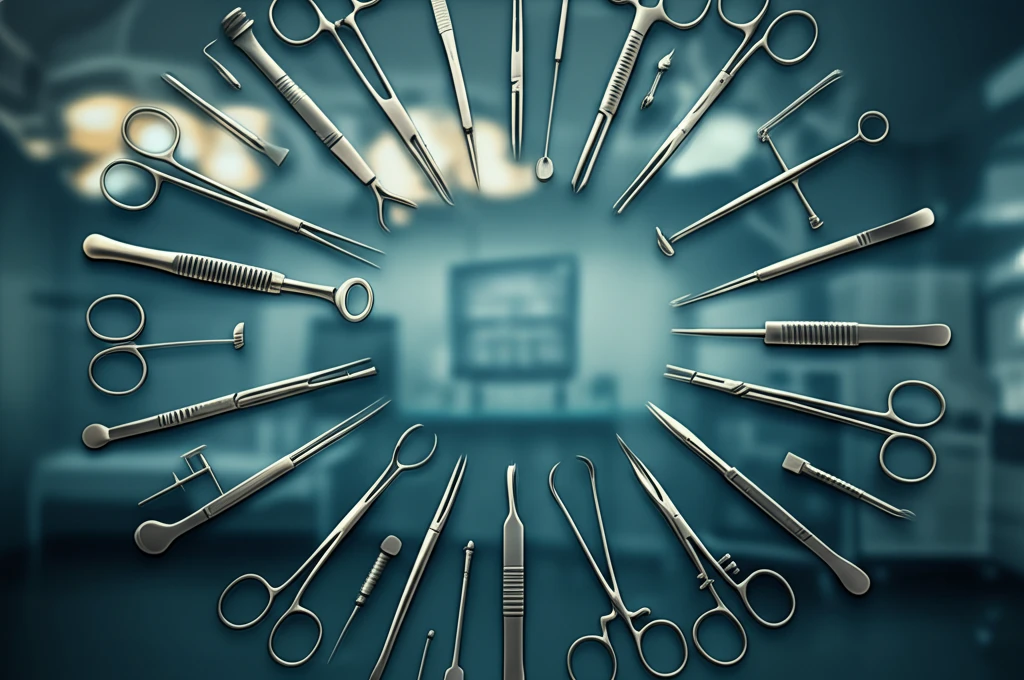
Surgical Instrument Care: A Step-by-Step Guide for Veterinary Professionals
"Master the essentials of cleaning, maintenance, and sterilization to extend the life of your valuable surgical tools and ensure optimal patient outcomes."
In the demanding world of veterinary medicine, surgical instruments are indispensable tools that allow us to perform life-saving procedures and improve the well-being of our animal companions. However, these instruments are also a significant investment, and their performance directly impacts surgical success and patient safety. Proper care and maintenance are crucial to extending the life of these tools, preventing complications, and ensuring optimal outcomes.
Veterinary nurses play a vital role in instrument care, often being responsible for cleaning, sterilizing, and maintaining the inventory. A solid understanding of best practices, including instrument materials, cleaning agents, and sterilization techniques, empowers veterinary nurses to protect these valuable assets and contribute to a safer surgical environment. This detailed guide serves as a comprehensive resource to equip veterinary professionals with the knowledge and skills needed for effective surgical instrument care.
Let's delve into the essentials of surgical instrument care, from understanding the materials used in their construction to mastering the techniques for cleaning, maintenance, sterilization, and troubleshooting. By following these guidelines, you can ensure your instruments remain in peak condition, ready to deliver the best possible care for your patients.
The Essentials of Surgical Instrument Care

Good quality surgical instruments are a considerable investment, and implementing a robust maintenance protocol is essential to protect that investment and ensure longevity. Properly functioning instruments are critical to surgical success, directly influencing patient outcomes. Let's explore the key aspects of surgical instrument care:
- Stainless steel is an alloy primarily composed of chromium and carbon. Chromium provides corrosion resistance, while carbon contributes to the instrument's strength.
- Different instruments require varying alloy compositions to meet specific functional needs. For example, scissors need a hard, flat blade, whereas artery forceps require a degree of springiness.
- The manufacturing of veterinary implants and instruments is not strictly regulated, it's advisable to consider human specifications as a benchmark.
- Despite its name, stainless steel is not impervious to damage. Passivation occurs over time, making instruments susceptible to corrosion if not properly maintained. Newer instruments are often more vulnerable and require meticulous care.
Optimizing Instrument Care for the Future
By implementing these best practices, veterinary professionals can optimize their instrument care protocols, ensuring the longevity of their valuable surgical tools and promoting superior patient outcomes. Remember, diligent instrument care is an investment in both the practice and the well-being of the animals under our care. Regular reviews of cleaning and sterilization procedures, along with ongoing training for staff, are essential to maintaining a high standard of care and safeguarding the surgical environment.
